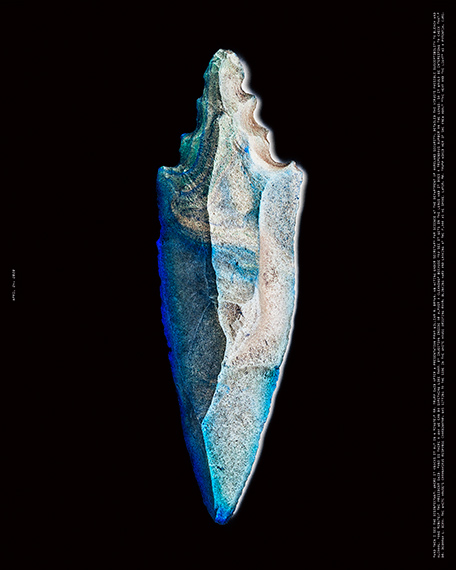
120 x 96 cm, edition of 3
© Thierry Cohen, courtesy Galerie Esther Woerdehoff
April 24, 2020 - The New York Times
“And then I see the disinfectant, where it knocks it out in a minute,” Mr. Trump said after a presentation from William N. Bryan, an acting under secretary for science at the Department of Homeland Security, detailed the virus’s possible susceptibility to bleach and alcohol.
“One minute,” the president said. “And is there a way we can do something like that, by injection inside or almost a cleaning? Because you see it gets in the lungs and it does a tremendous number on the lungs. So it would be interesting to check that.”
Dr. Deborah L. Birx, the White House’s coronavirus response coordinator, was sitting to the side in the White House briefing room, blinking hard and looking at the floor as he spoke. Later, Mr. Trump asked her if she knew about “the heat and the light” as a potential cure.
The use of images is exclusively reserved for the promotion of the exhibition and valid up to its end.
Thierry Cohen »
Cutting Edge
Exhibition: 17 Mar – 30 Apr 2021
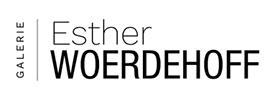
Galerie Esther Woerdehoff
36 rue Falguière
75015 Paris
+33(0)9-51 51 24 50
galerie@ewgalerie.com
www.ewgalerie.com
Wed-Sat 12-19
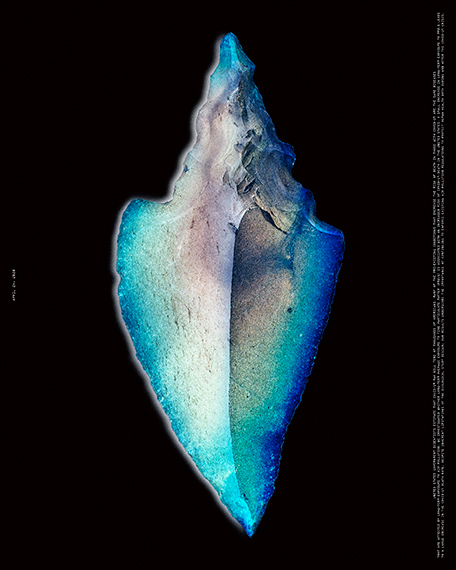
Pigment print 120 x 96 cm, edition of 3
© Thierry Cohen, courtesy Galerie Esther Woerdehoff
April 24, 2020 - Harvard University
Exposure to air pollution and COVID-19 mortality in the United States: A nationwide cross-sectional study (Updated April 24, 2020)
United States government scientists estimate that COVID-19 may kill tens of thousands of Americans. Many of the pre-existing conditions that increase the risk of death in those with COVID-19 are the same diseases that are affected by long-term exposure to air pollution. We investigated whether long-term average exposure to fine particulate matter (PM2.5) is associated with an increased risk of COVID-19 death in the United States.
A small increase in long-term exposure to PM2.5 leads to a large increase in the COVID-19 death rate. Despite inherent limitations of the ecological study design, our results underscore the importance of continuing to enforce existing air pollution regulations to protect human health both during and after the COVID-19 crisis.
The use of images is exclusively reserved for the promotion of the exhibition and valid up to its end.
Thierry Cohen's photographic work questions the relationship between humankind and its environment. After criss-crossing the planet nomadically for his highly acclaimed photographic series Darkened Cities, the photographer was forced to live in strict lockdown between 17 March and 11 May 2020, like billions of other human beings.
During this time, he opened the drawers in his studio to find a box containing 19 arrowheads from the Neolithic period, entrusted to him by some friends a year earlier. These stones had been carved by people who had become sedentary more than 4,000 years before our time, and whose early settlements were being decimated by epidemics: these stones became weapons.
The arrowheads tell us the story of a radical shift in our relationship with the living world; they tell us about the early days in our exploitation of nature – and the first steps towards its progressive destruction.
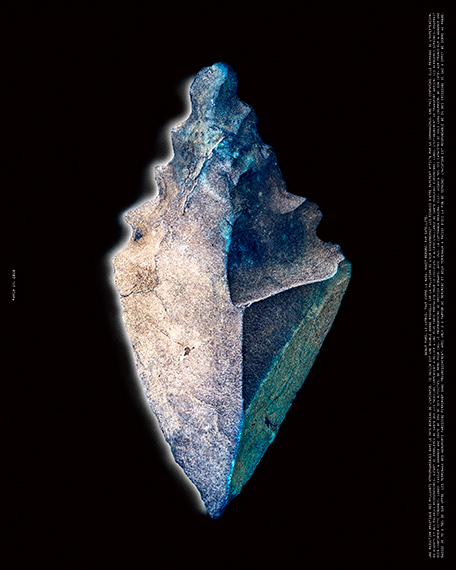
120 x 96 cm, edition of 3
© Thierry Cohen, courtesy Galerie Esther Woerdehoff
March 17, 2020 - Libération
Début mars, le Latmos, tout comme la Nasa, avait repéré, par satellite, une réduction drastique des polluants atmosphériques dans le pays berceau de l’épidémie. Ce déclin est une double bonne nouvelle car la pollution de l’air exacerberait les risques d’être durement affecté par le coronavirus, une fois contaminé. «Elle provoque de l’hypertension, du diabète et des maladies respiratoires, autant de problèmes de santé que les médecins commencent à relier à une plus forte mortalité pour le Covid-19, a alerté l’Alliance de santé publique européenne, lundi.
L’effondrement du transport aérien, ces dernières semaines, pourrait bien confirmer cette tendance. Lundi, EasyJet a annoncé une chute de 28% de ses activités. De même pour IAG, le propriétaire de British Airways, avec -26%. La Lufthansa réduira, elle, jusqu’à 90% ses capacités de vols long-courrier. De son côté, Air France-KLM a annoncé une baisse de 70 à 90% de son offre. Les terminaux des aéroports parisiens fermeront donc progressivement, avec Orly 2 à partir de mercredi et deux terminaux à Roissy d’ici la fin de semaine. L’aviation est responsable de 2% des émissions de gaz à effet de serre au monde.
During lockdown, when our relationships with others and the world was restricted to screens connected through digital networks, Thierry Cohen photographed these arrowheads and began the long process of connecting and bonding his images with texts that he had selected from his daily readings online. He associates each of the 19 arrowheads photographed with an excerpt from a press article or essay that questions a planetary lifestyle where consumerism dominates, together with the toxic effects on the body, the emergence of zoonotic diseases, and the power of nation states and their representatives.
What arises from this work are the traces of the photographer’s own, unique lockdown, which echoes an almost global one: an inversion of our former lives as a direct result of the health crisis caused by the outbreak of Covid-19.
The disconcerting beauty that radiates from these photographs, the mystery that these stones hold, and the ghostly presence of the human hand, brings our past to light, as well as confronting our past with the state of the contemporary world and triggering a reflection on a possible, desirable future.
Born in 1963, Thierry Cohen has been working as a photographer since 1985 and was one of the first photographers in France to focus on digital techniques applied to photography. As a portraitist, he worked for major record companies and for the press, photographing personalities from the arts and entertainment. Since 2006, he chose to devote himself primarily to his personal work. In 2008, with the Binary Kids series, he questioned the future of the next generations exposed to digital networks and technologies, both sources of and consequences of economic growth. From 2010 to 2019, travelling to megacities and deserts, he worked on the creation of Darkened Cities, to reveal the starlit urban landscapes and to raise public awareness on the issue of light pollution, a consequence of human activity. Carbon Catcher, the series he launched in 2018, questions the relationship between humanity and its environment and the importance of forests as carbon sinks, essential to curbing global warming. Beyond the spectacular magic of his images, Thierry Cohen uses the possibilities of digital photography to question the future of cities, the over-consumption of energy in our Western societies and the place of humanity in his environment.
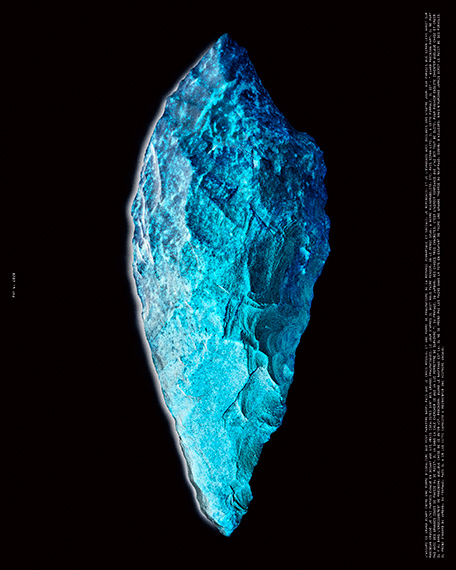
Pigment print 120 x 96 cm, edition of 3
© Thierry Cohen, courtesy Galerie Esther Woerdehoff
May 6, 2020 - Emmanuel Macron
"J’assume ce grand écart entre une forme d’idéalisme qui peut paraître naïf, mais que je crois résolu, et une forme de pragmatisme de la réponse économique et sociale. Je repensais, et je l’évoquais avec quelques uns l’autre jour, aux phrases que Simon LEYS avait sur Robinson Crusoé. Je l’ai parfois évoqué en disant que les vrais idéalistes sont des grands pragmatiques. Le jour d’après il doit nous faire penser, on le pense déjà, à notre vulnérabilité, etc. Mais Simon LEYS, il a cette formule, il dit : «quand Robinson part, il ne part pas avec des grandes idées de poésie ou de récit, il va dans la cale chercher ce qui va lui permettre de survivre », du fromage, du jambon, des choses très concrètes, c’est l’aspect confiance que j’ai dit tout de suite, pour pouvoir ensuite inventer quelque chose et créer. Il y a, dans l’enseignement de Robinson, quelque chose de ce qu’on vit. Robinson, quand le naufrage est là, il ne se prend pas les mains dans la tête en essayant de faire une grande théorie du naufrage, sinon, d’ailleurs, nous n’aurions jamais écrit le récit de ses miracles. Il prend d’abord du jambon, du fromage, mais il a en lui cette capacité à réinventer une histoire unique."